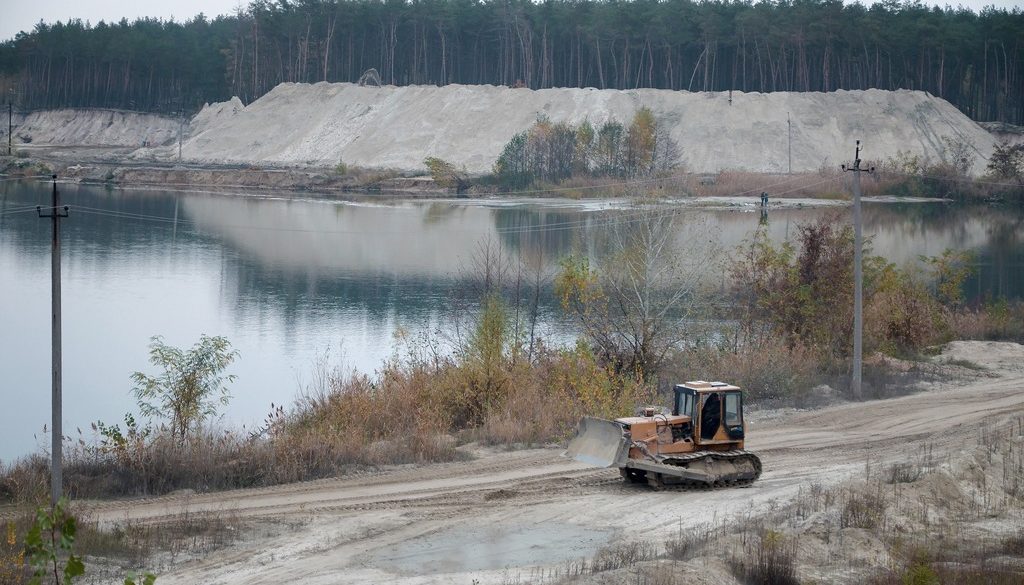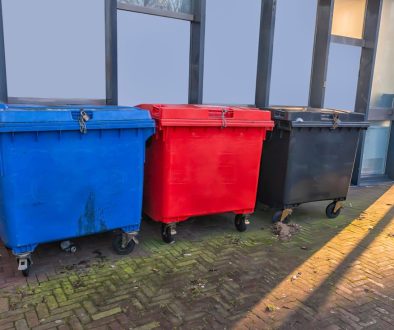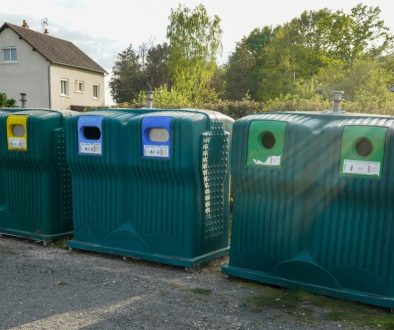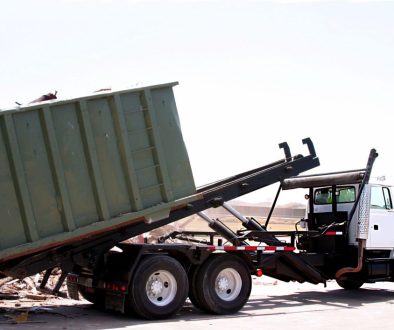Construction aggregate, or simply “aggregate”, is a broad category of coarse to medium-grained particulate material used in construction, including sand, gravel, crushed stone, slag, recycled concrete and geosynthetic aggregates. Aggregates are some of the most mined materials in the world.
Sand and gravel are usually dug or dredged from a pit, river, lake, or seabed. Crushed aggregate is produced by crushing quarry rock, boulders, cobbles, or blasted rock. Recycled concrete is a viable aggregate source and has been satisfactorily used in granular subbases, soil cement, and new concrete.
Aggregates are used in construction to provide compaction for concrete and asphalt and as a base material for roads, railways, and building foundations. The aggregate can be used as a base material, but it is also frequently used as a surface course on roads and driveways.
There are two main types of sand and gravel: construction grade and landscaping grade. Construction grade sand and gravel are used in the construction of roads, buildings, and other infrastructure projects, while grade sand and gravel are used for landscaping projects such as gardens, paths, and driveways.
In today’s article, let’s take a closer look at sand aggregates. Here’s what you need to know:
What are Sand Aggregates For?
The purpose of sand aggregates is to provide a construction material that is both strong and durable. This material is used in a variety of applications, including concrete, asphalt, and mortar. Additionally, sand aggregates can be used as a base material for pavers and other paving stones.
One of the most important properties of sand aggregates is their compressive strength. This strength is a result of the aggregate particles interlocking with one another—the stronger the interlocking, the greater the compressive strength.
Sand aggregates are also known for their durability. This is due to the fact that the aggregate particles are tough and resist wear and tear. Additionally, the aggregates are also resistant to weathering and chemical attacks.
There are a variety of different sand aggregate types that are available on the market. The most common type is known as fine aggregate. This aggregate is produced by crushing rocks and screening the resulting material.
Another type of aggregate is known as coarse aggregate. This aggregate is produced by breaking up larger rocks into smaller pieces. The resulting material is then screened to produce the desired particle size.
Sand aggregates are available in a variety of different sizes. The most common sizes are known as fine, medium, and coarse. When selecting sand aggregates for a particular application, it is important to consider the properties that are important for that application. For example, if compressive strength is essential, then a fine aggregate should be selected. If durability is important, then a coarse aggregate should be chosen.
It is also important to select an aggregate that is within the required particle size range for the application. This will ensure that the aggregate will perform as expected and will not cause any problems during construction.
Sharp Sand vs Building Sand
Sharp sand is a construction aggregate consisting of angular, hard pieces of rock that have been crushed and screened to a uniform size. It is also known as grit sand or concreting sand. Sharp sand is widely used in the construction industry to provide a stable base for construction projects. It is also used in the preparation of concrete, mortar, and plaster.
Building sand is a construction aggregate consisting of fine, soft pieces of rock that have been crushed and screened to a uniform size. It is also known as river sand, pit sand, or silica sand. Building sand is widely used in the construction industry to provide a stable base for construction projects. It is also used in the preparation of mortar, plaster, and concrete.
What is the Difference Between Sharp Sand and Building Sand?
Sharp sand is a construction aggregate consisting of angular, hard pieces of rock that have been crushed and screened to a uniform size. On the other hand, building sand is a type of construction aggregate that consists of fine, soft pieces of rock that have been crushed and screened to a uniform size. The main difference between sharp sand and building sand is that sharp sand consists of angular pieces while building sand consists of rounded pieces.
How to Choose the Right Sand Aggregate
Choosing the right sand aggregate for your project can be a challenge. There are many factors to consider, such as the type of project, the climate, the location, and the budget. Here are a few tips to help you choose the right sand aggregate for your project.
Type of Project
The first step in choosing the suitable sand aggregate is to determine the type of project. Are you building a new home? A commercial building? A public works project? The kind of project will dictate the type of sand aggregate you need.
Climate
The climate is another essential factor to consider when choosing a sand aggregate. If you live in an area with a lot of rain, you’ll need a different type of aggregate than in a dry climate.
Location
The location of your project is also a factor to consider. If you’re building in a remote area, you’ll need to make sure you have the right type of aggregate that can be delivered to your site.
Budget
Finally, you’ll need to consider your budget when choosing a sand aggregate. There are many different types of aggregate, and the price can vary significantly. You’ll need to find a balance between quality and cost when choosing the right sand aggregate for your project.
The Bottom Line
The importance of sand aggregates cannot be understated. They are a vital component in the construction industry, used in various applications, including concrete production, asphalt production, and as a base material for laying down roads. Without sand aggregates, our ability to build the infrastructure we rely on would be severely hindered.
If you’re looking for domestic skip hire, you’re in the right place. Enviro Skip Hire is a family-run skip hire and aggregate company servicing Staffordshire. Check out our wide range of skip sizes and aggregates. Contact us today to get started and learn more!




